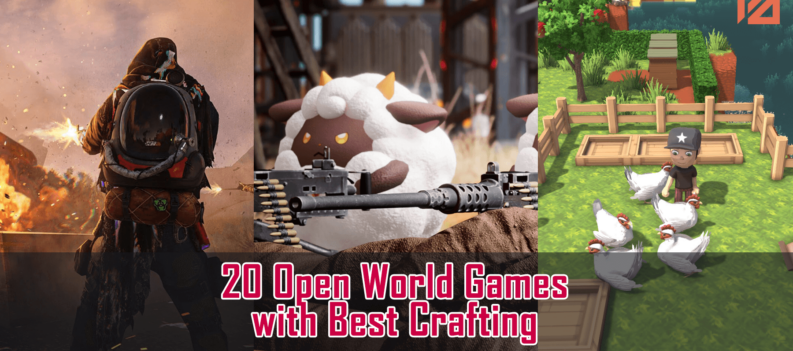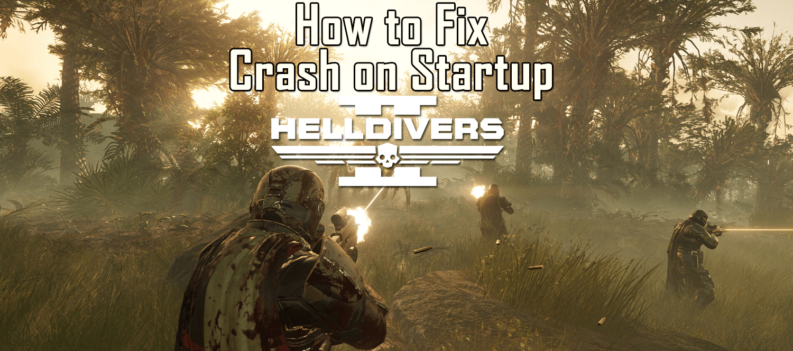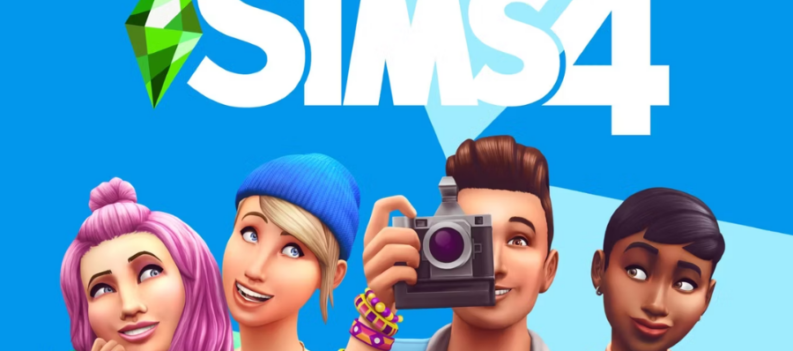When Skeleton Crew and Devolver Digital’s Olija was announced, it was a fair statement to say I was intrigued. A side-scrolling hack and slash platformer that instantly reminded me of the likes of Castlevania: Symphony of the Night (review here) and Ghosts N’ Goblins. I had to get my hands on it.
Now having played the game I can say that Olija, unfortunately, falls well below my expectations. That’s not to say that Olija is bad by any means, in fact, there are quite a few elements to the game that impress me and it’s not going to be a game left forgotten in my library.
We’ll start off immediately by answering the main question, what is Olija?
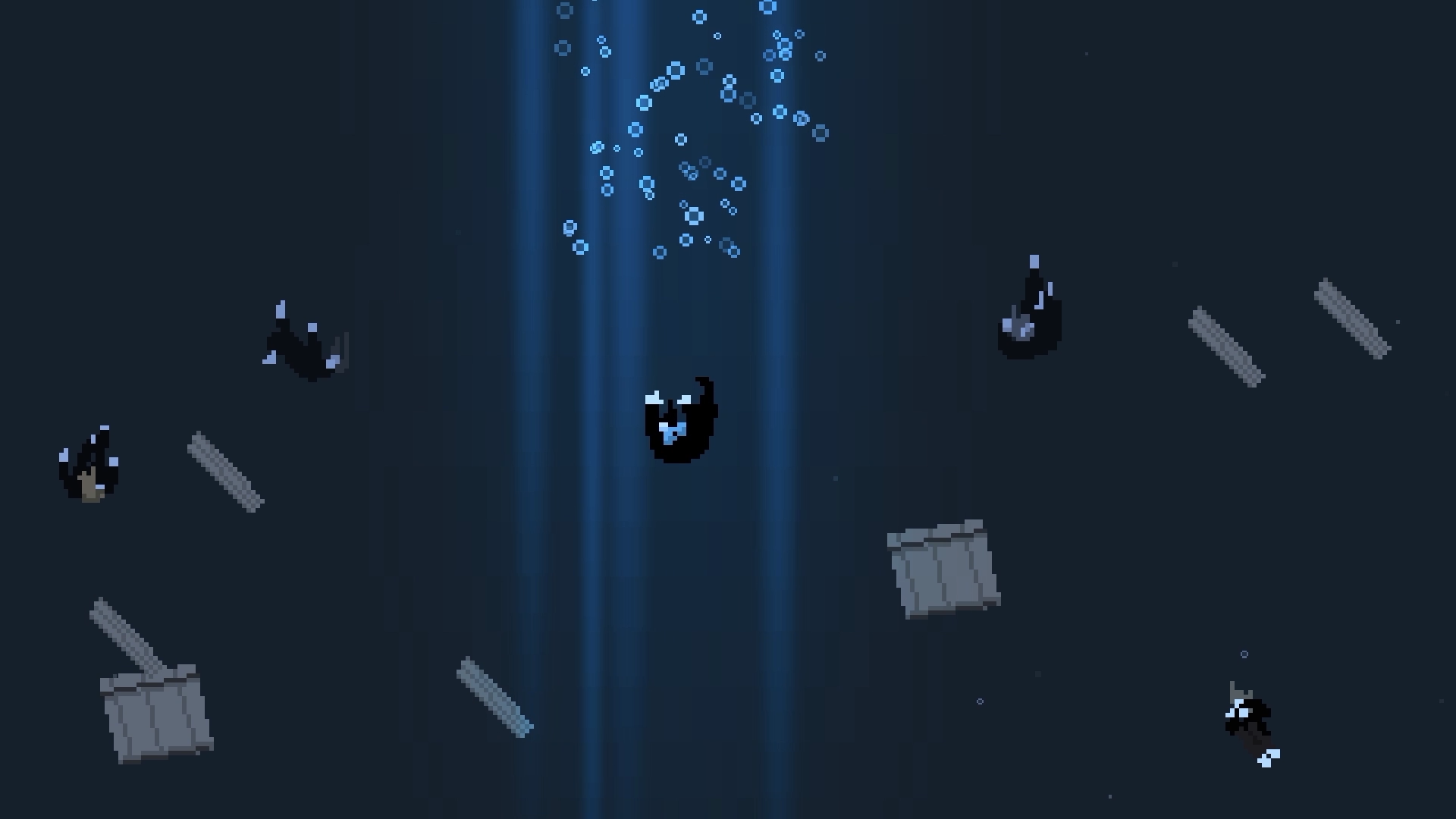
Olija puts you in control of protagonist Lord Faraday, who has washed up in the mysterious land of Terraphage. The core objective of the game is to depart the land you have washed up upon and return to your home.
Throughout the course of the game, you will come across fellow castaways seeking refuge and escape and you will be tasked with rescuing them from dungeons. It is worth noting that a lot of this isn’t actually explained in any exposition, and you will find yourself dropped into the game of Olija with a brief story told of your journey and how you found yourself washed up in Terraphage, but don’t expect the explanations and tutorials to come thick and fast.
What I found most jarring about this game was in fact the aesthetic. At the beginning of the game you will find your enemies come in the form of these little black blobs with teeth. The problem is, these black blobs usually blend in with the environment and if you have questionable eyesight like myself, you will lose track of them as you fight them. After that, the aesthetic isn’t as annoying in a practical sense but it just remains unattractive. Furthermore, there is little difference between crates you can break for health and crates that contain some acid-type liquid, which is just an irritating inconvenience.
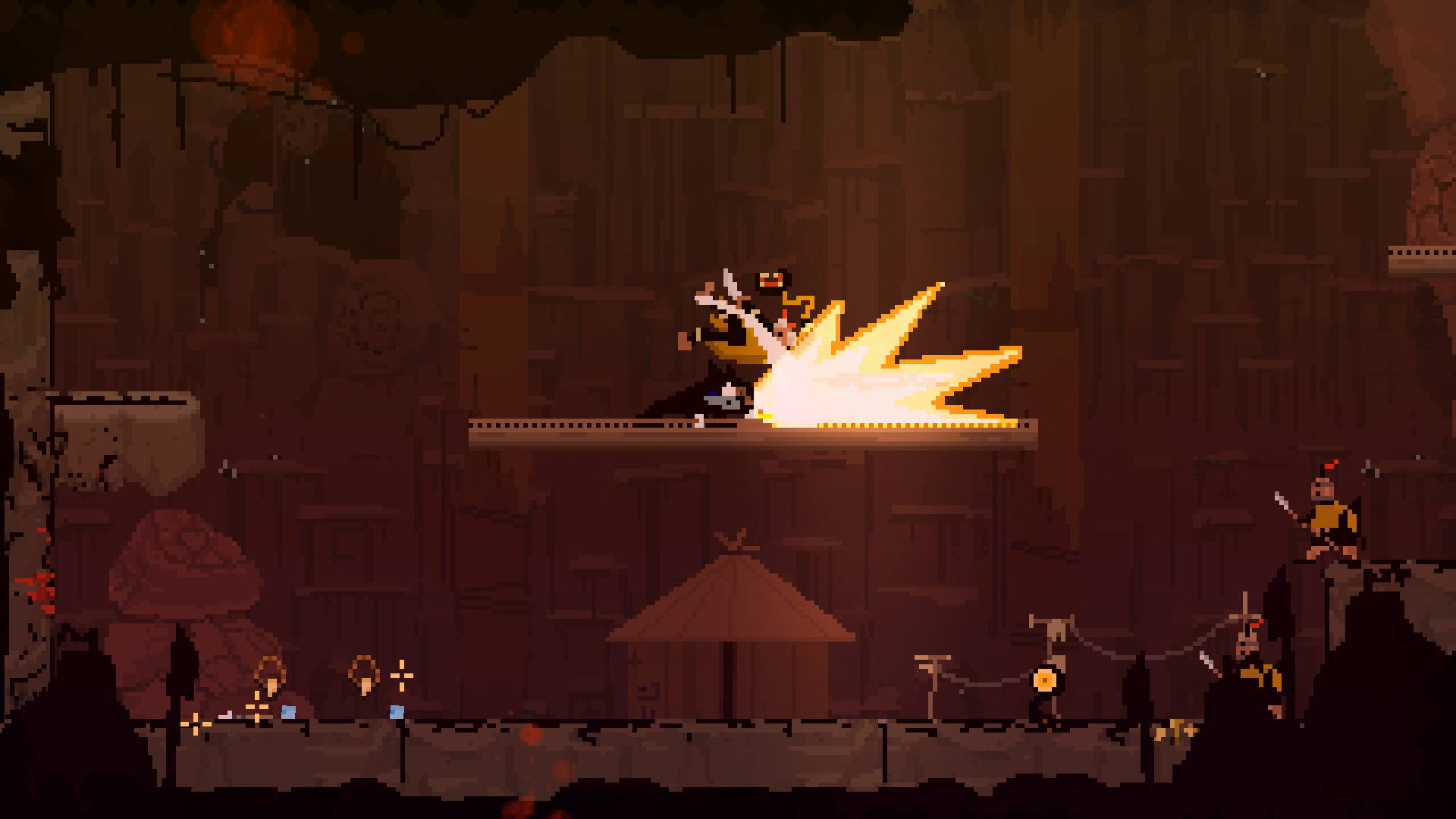
For the first twenty minutes or so I must admit I was very confused and further concerned that the game hadn’t shifted into second gear and no context was given. I was picking up all these items, but confused for what purpose they served. There was no explanation and I went into my inventory multiple times to see if I was missing something. Luckily, all is explained at the end of the dungeon but I was still bemused as to why I couldn’t have been informed earlier.
The items you pick up through the dungeons are used to craft hats, which grant you additional bonuses, my favourite being a hat that summons projectile blades that followed me as I dashed forward, slashing my enemies as I passed them.
You will eventually pick up the legendary harpoon, which is cool as it doubles up as a grappling hook for traversing dungeons. Once I got the harpoon I finally started to enjoy Olija and take it for what it is. As Olija fails to explain many of its nuances, you will discover that prior experience with platformers comes in handy; press down or up on the D-Pad to climb ladders, for example.
During the course of the game, you pick up ranged and melee weapons like an arrow repeater and rapier, and again you’ll be left thinking “why not tell me that earlier” as instead of briefing you immediately, the game waits before informing you the prompt to cycle between these weapons.
What Olija fails to deliver in context it makes up for with fun and simple combat. There are no fancy combos (at least none that I found) instead mash your square, triangle, and circle buttons to your heart’s content. Square prompts your basic attack, triangle is to use your secondary weapon and circle will let you throw your harpoon, and then follow through in the direction thrown and push circle again to follow through with the grappling mechanism.
The lack of combos makes for freedom in how you dispatch your enemies. For example, there are these wizard type enemies that throw little fireballs and give birth to smaller enemies. When faced with these you are best suited to using your short distance attacks on the smaller enemies while launching ranged attacks on the wizard. Incorporating the harpoon in on your attacks coupled with the aforementioned hat makes for good fun as well, as you can focus on your main target whilst also taking out several little minions on the way.
The first boss battle of the game highlights Olija’s strong point, the simple and old-school combat makes set-piece battles like these fun and free of frustration. There is a simple rhythm and pattern to follow during the course of the battle, with changes only occurring at landmark stages of the battle when you have done so much damage.
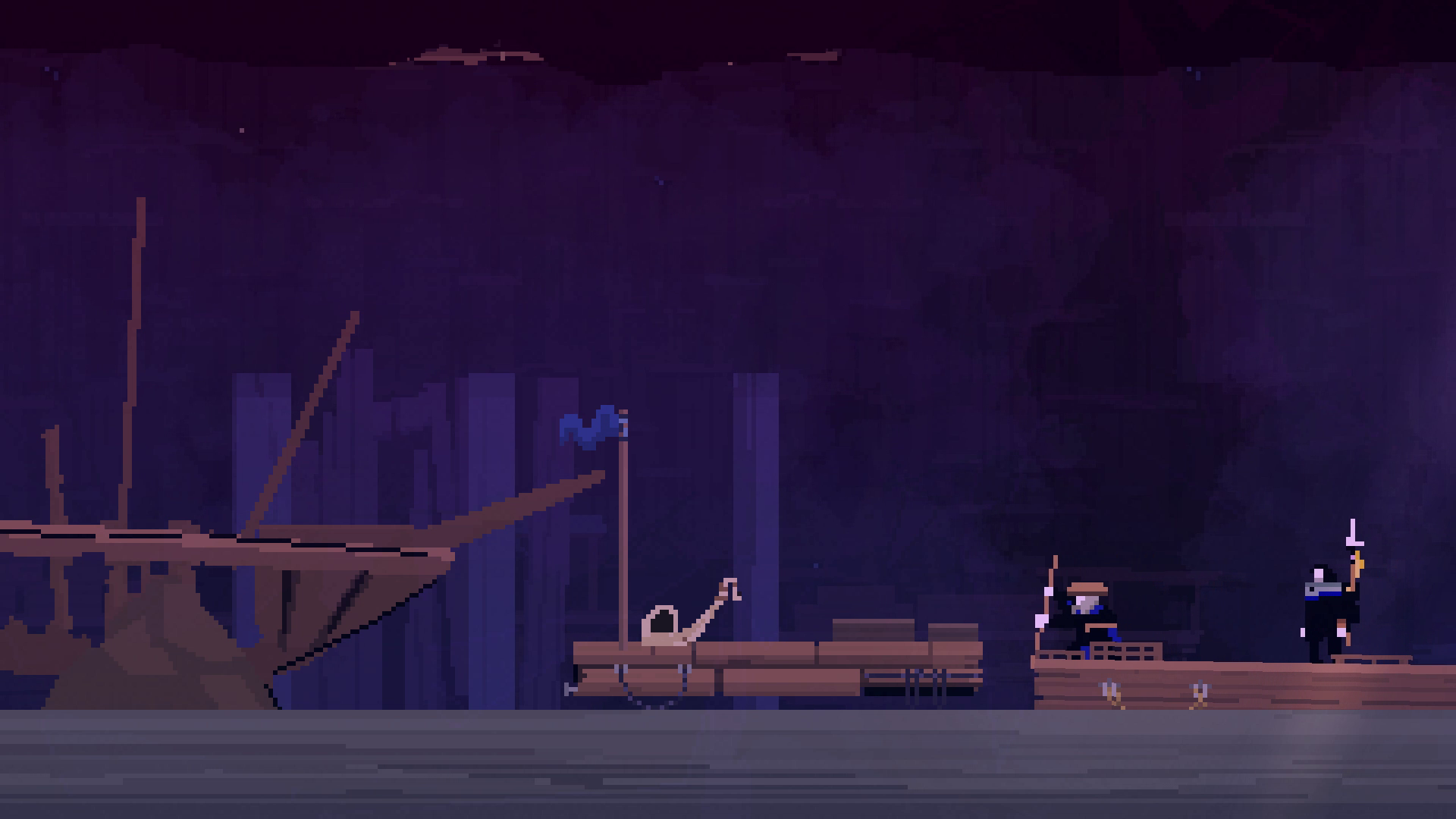
Although I felt disappointed that the game didn’t fulfil my pre-play expectations, I will admit that Olija is one of those games that you will need to grin and bear the negatives in order to get to the positives. The simplicity is where the game hits the sweet spot, delivering a nostalgic feeling game and making for an easy enough experience to jump in and play. There are some glaring issues, mostly the lack of context provided at relevant times, but they are easy enough to ignore and get on with.
Olija offers a basic hack and slash platforming experience and the best way to describe it would be video-game junk food, there’s not much there but it’s quick and it’s easy and it makes for a good time. Much like my previous review for Friday The 13th: Killer Puzzle, Olija is a game better suited to jumping into in-between sizeable updates and installs for the bigger titles.
Olija PS4 Review
-
Overall - Very Good - 7/107/10
Summary
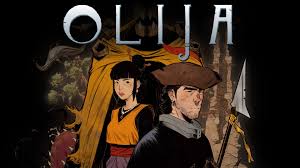
Olija delivers a simple and easy hack and slash platforming experience. There is a severe lack of context at relevant times which serves only to take away from the immersion. All in all, Olija works well as a filler title between bigger games and when in need of “video-game junk food” and is easy to jump in and play.
Review Disclaimer: This review was carried out using a copy of the game provided by the publisher. For more information, please read our Review Policy.
Reviewed using PS4.



